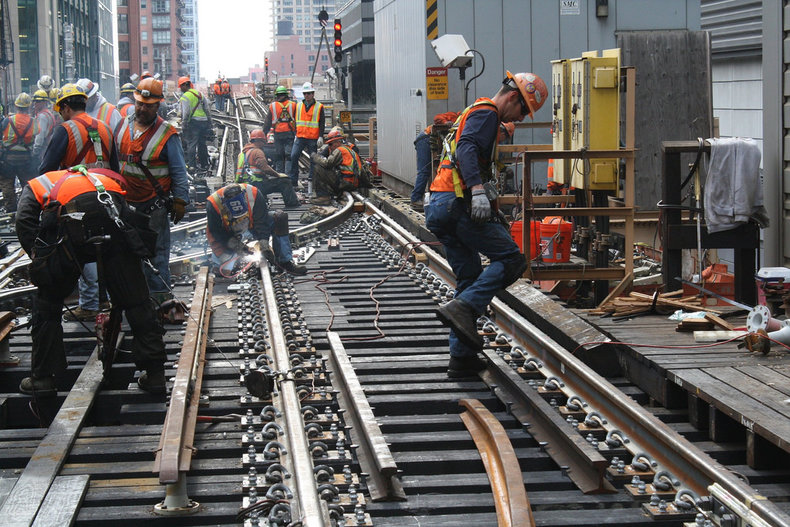|
| |
Infrastructure are the foundational services that underlie the economic efficiency and quality of life of a nation, city, region, organization or household. Infrastructure is a primary way to explain the differences in economic efficiency between nations. This can include public services such as education that underpin economic and social processes that create high quality of life in a place. The following are common examples of infrastructure.
Airports | Bridges | Broadcast Services | Canals | Clinics | Coastal Structures | Communication Services | Consumer Protection | Cycling Paths | Delivery Services | Disaster Resilience Structures | Docks | Electrical Grids | Financial Markets | Financial Systems | Firefighting Services | Green Roofs | Green Space | Highways | Hospitals | Information Services | Internet Services | Irrigation Systems | Justice Systems | Libraries | Long-term Care Facilities | Medical Labs | Parks | Police Services | Ports | Postal Services | Public Lighting | Public Space | Recreational Facilities | Recycling Services | Research Facilities | Roads | Schools | Science Facilities | Sidewalks | Solar Panels | Technology Platforms | Train Services | Train Stations | Tunnels | Universities | Utilities | Waste Management Services | Water Services | |
Infrastructure
This is the complete list of articles we have written about infrastructure.
If you enjoyed this page, please consider bookmarking Simplicable.
© 2010-2023 Simplicable. All Rights Reserved. Reproduction of materials found on this site, in any form, without explicit permission is prohibited.
View credits & copyrights or citation information for this page.
|































